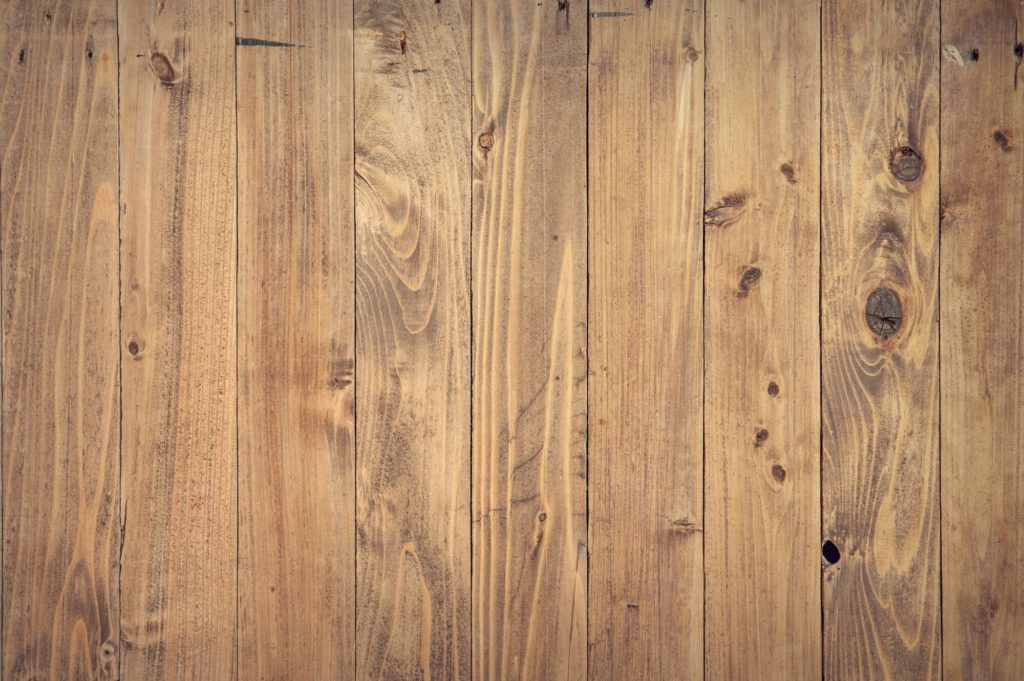how to fix a sagging floor

Many homeowners and owners of commercial property have dealt with a sagging floor. Floors can sag for many reasons.
For instance, they may sag due to the natural settling of your property or building materials over time. However, a sagging floor may also signify damage from water leaks or pests, like termites. In other instances, your floors could sag due to plain old wear and tear.
It's not always easy to fix a sagging floor on your own—in some cases, it's impossible. Here, however, will tell you everything you need to know about doing the job on your own.
It's an unfortunate fact of life that we sometimes have to deal with a sagging floor. However, we're going to show you a common way to fix the problem.
For a complete guide on how to fix a sagging floor, keep reading.
When Floors Go Bad
All structural wood and framing in your home are interdependent. In other words, when one part of your home goes bad, you may have problems in other areas.
Usually, if you see a sagging floor in your home, there are other related problems. The direction that your floor sags will indicate the area of greatest concern. Here, however, we'll focus on fixing the sagging floor.
You can notice that your floor is dropping, dipping or sloping. Typically, this means that your home has failing joists.
Floor joists rest on a sill plate. If your sill plate has water damage, the damage can spread to your floor joists. This kind of issue is common in older homes, especially if it has notched joists.
In many cases, an owner of an older home will have their plumbing or HVAC system updated. When they do, contractors will sometimes cut sections out of the joists to make new room for pipes or ductwork.
These notches can weaken the joists. Eventually, they can cause them to crack, fail or split.
Getting a Perspective on the Project
In a perfect world, your floor joists will have wide-open, clear joist bays. As you work on the project, you'll find no pipes, wires or obstructions. Unfortunately, this scenario isn't a reality for most homeowners.
Most likely, the damaged area will have a heavy appliance directly above. You may also have to deal with makeshift repairs that the previous owners have made over the years.
You may even have to remove old features such as corbeling if you own an older home.
Corbeling is the overlapping of bricks with each layer. The layers extend out vertically from the wall.
In some instances, a contractor may have done this kind of installation for decorative purposes. Other times, contractors may have used this method to support structural beams.
In these instances, the contractor may have cut a notch in the joists to install the corbeling. This kind of installation, however, is not up to standard according to today's building codes.
Any notches and a floor joist should not go more than 1/6 the depth of the joist. Also notches at the end of joists shouldn't span more than 1/4 the depth of the joist.
Also, the length of the notches should not exceed 1/3 of the joist length. If you see these kinds of installations, you'll most likely need to replace them.
For now, however, we'll pretend you don't have this problem and get back to repairing one or two sagging joists.
The Right Tools for the Job
Water damage can lead to sagging, cracked or twisted floor joints. Again, this kind of damage is common in older houses.
In many cases, you can repair this kind of damage by sistering the floor joints. This repair will give your floor the extra support that it needs.
You'll need a few tools for the project. These tools include a:
• Caulk gun
• Circular saw
• Drill and bits
• Earplugs
• Hammer
• Safety glasses
• Tape measure
You'll also need materials other than the new joists. These items include:
• 16d nails
• A 6-ton hydraulic jack
• Construction adhesive
If the repair is in your domain, these tools and materials will get the job done.
Preparing the Work Area
Now, you want to get the work area ready for the job. You'll most likely have a few obstructions in your way. These obstructions might include:
• Electrical conduits
• Electrical wires
• Heating pipes
• Refrigerator water line
• Thermostat cables
You'll also want to search around for old nails and pipe brackets. More than likely, you'll have several of these items left in place from over the years.
Finally, you'll need to temporarily remove or relocate any electrical cables and pipes.
For this step, you'll need to start by turning off the electricity. You may also need to completely disconnect some wiring.
Now, you can go around and remove any remaining wire staples. You also want to unscrew any conduit and heating pipe supports. You'll need to reinstall these items once you've sistered your sagging joists.
Also, check the subfloor for penetrating nails. Here, you want to remove any nails that will get in the way of the new joists. If needed, you can cut them flush with the subfloor using end nippers.
Sistering Floor Joists
Sistering floor joists is a relatively straightforward and easy repair. It simply involves fastening new joists next to your damaged or sagging joists.
The project will double the thickness of the framing member. You'll install the new joists right next to the old one. Before you begin, you'll need to measure the old joists.
You'll sister the joists together using structural screws. You can use regular framing lumber for your new joists.
New Joist Installation
You'll install the new joists on the foundation wall. When doing so, you may need to notch the bottom of the new joist so that it fits. Every sistering repair is different.
With this in mind, you'll want to follow the International Residential Code (IRC). You also want to make sure that you're complying with any relevant local building code guidelines for framing materials.
Typically, you'll cut the joist so that the end is 3 inches over the support beam. You'd use your circular saw to cut the new joists.
After installation, it will rest 3 inches on top of the beam. Once you cut the length of the new joist, you can rip the new joist to fit properly.
Working With a Jack
As you're installing the new joist, you'll want to position it in place. Set up your 6-ton hydraulic jack.
In some cases, your new joist will fit into the space sideways. However, it won't tilt into the vertical position.
In its final resting position at a 45° angle, the corners will not fit in place. They'll get caught at the top of the beam. They may also get caught at the bottom of the floorboards.
The goal is to get the joist vertical. Once you do, it will fit fine. Jacking your floor will accomplish this goal.
You'll also need a jack post. A jack post is simply two 2×4 that you'd nail together.
Now you'll plumb the jack post and place it directly under the damaged joist. The goal here is to remove the sag from the old joist. You also want to create room to place the new joist against the old one at the beam.
It's important not to jack your floor too fast. If you do, you can cause the wall above the area to crack.
Instead, Jack your floor slowly. As a rule of thumb, you only want to raise your floor 1/8 of an inch a day. Repeat the process each day until your joist is level.
Calling in Expert Help
You may have concerns if your floor is cracked, sagging or twisted, and rightly so. If so, you should call an experienced repair service immediately.
An experienced service provider will inspect your floor. They'll recommend strengthening measures.
The recommended measures will remove the sags from your floor. They'll also bring your framing up cold.
More importantly, an experienced service provider can tell you if you have more problematic structural issues. They can also recommend any needed professional repairs.
Are You Having Trouble With Sagging Floors?
Now you know how to fix a sagging floor. You've also learned that having your sagging floor inspected is an important part of the repair process.
Moisture can wreak havoc on the framing of your home. What's more, it can lead to even more damaging mold and mildew in your crawlspace or basement area.
Crawlspace Medic provides professional basement and crawlspace repair services. You can count on us to get the job done right the first time.
Contact Crawlspace Medic today at (866) 822-7295 or connect with us online to schedule a free inspection if you're having structural trouble with your home.
More To Explore

home air quality
Is My House Making Me Sick?
Since most people spend several hours each day in their houses, it is not surprising that they experience health issues when exposed to various pollutants
October 12, 2021

crawl space
How to Seal a Crawl Space
If you're concerned about mold or other issues, you may wonder, "Should the crawl space be sealed?" Your crawl space plays an important part in protecting
October 11, 2021
Need Help with Your Crawl Space?
We're Happy To Help

how to fix a sagging floor
Source: https://crawlspacemedic.com/how-to-fix-a-sagging-floor-a-complete-guide/
Posted by: harveybuind1969.blogspot.com

0 Response to "how to fix a sagging floor"
Post a Comment